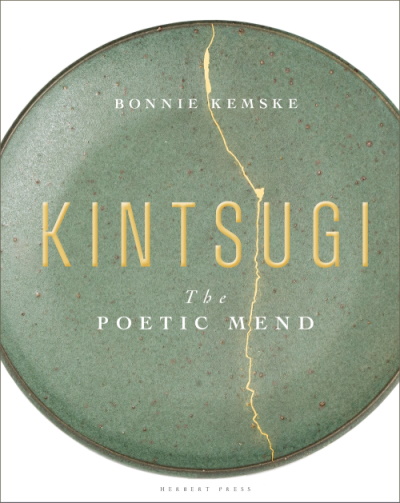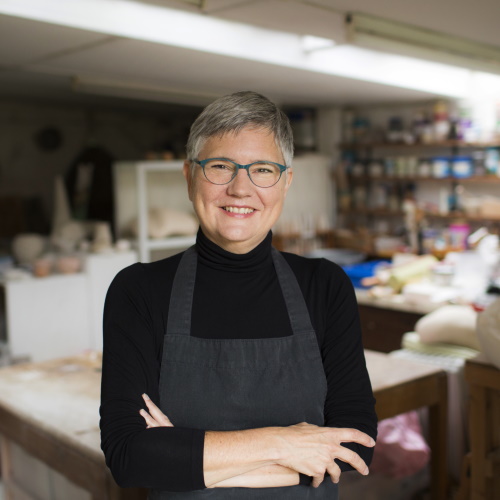 Book launch
Book launchFriday 26 February 2021
12:00pm – 1:00pm
Kintsugi - The Poetic Mend
This event will start at 12pm GMT
Organised by the Daiwa Anglo-Japanese Foundation
Fully bookedThe Japanese repair technique of kintsugi restores beauty and function to broken objects, leaving visible lines that appear as solid gold. These golden seams speak of kintsugi’s innate metaphor of fortitude, individuality, and the strength to be found in overcoming loss and hardship. Kintsugi: The Poetic Mend tells the story of this remarkable art form through its technical and practical elements, its origins, and its connections to today’s world. With a Daiwa Foundation grant, Dr Kemske interviewed maki-e artists and ceramicists in Japan, and their stories express kintsugi’s deep-rooted place in Japanese culture, giving the reader an experience of kintsugi on a personal level.
Kintsugi – The Poetic Mend is published by Herbert Press, Bloomsbury Publishing. It is available for purchase at this link.
A short summary of the event can be found via the link below, located on out Facebook page:
Event Summary presentation by dr bonnie kemskeA video of the event can be found here
About the contributors

Dr Bonnie Kemske
Dr Bonnie Kemske, an American living in Britain, holds a PhD in ceramics from the Royal College of Art. Her studio work is in sculptural ceramics that engage the body’s sense of touch. This comes from her experiences in studying Japanese tea ceremony in Kyoto as a young woman and since in the UK. As a author she has written for numerous ceramics and art magazines, as well as academically. Her interest in Japanese culture and ceramics led to her first book, The Teabowl: East and West, which was published by Bloomsbury Publications in 2017. In this book she gives an historical context for the iconic ceramic form, as well as exploring its use and how it has been interpreted in contemporary ceramics. Her new book, Kintsugi: The Poetic Mend (published 18 February), tells the story of the Japanese lacquer and gold repair technique through its history, contemporary use, and its powerful metaphor. This is done through exposition, photos, and the telling of stories. Together, she and Hiroko Roberts-Taira undertook research for the book in Japan in 2019, with a grant from the Daiwa Foundation.
Picture credit: Ian Olsson